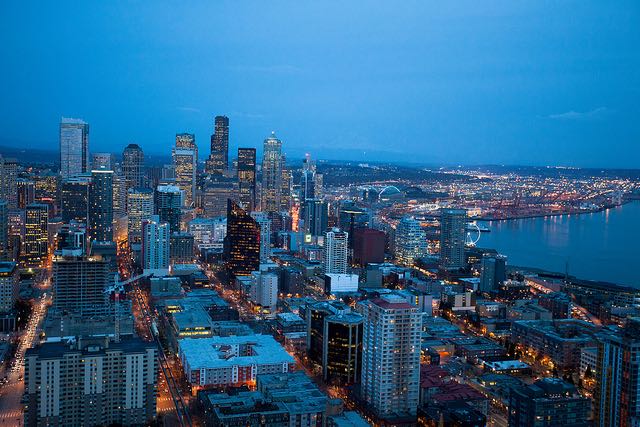Accelerating urban expansion offers rich investment opportunities that coincide with the need for institutional investors to look beyond short-term gains as they seek new ways to build long-term strategies. The urban megatrend holds promise particularly in the areas of urban infrastructure, real estate, an evolving agricultural supply chain, and consumer goods and services, according to a white paper released today by Prudential Investment Management
The white paper, entitled The Wealth of Cities, offers a new view of opportunities provided by urban expansion, with specific investment ideas in emerging and developed markets across a range of public and private vehicles that offer attractive avenues for investors.
“Understanding how megatrends affect asset classes is crucial as CIOs move toward a long-term strategic portfolio management approach that takes them beyond simply beating short-term benchmarks,” said David Hunt, CEO of Prudential Investment Management. “As we considered urbanization, we drew from expertise in our global investment businesses specializing in public and private fixed income, public equity, and real estate, to examine its impact across asset classes and share our best thinking on new investment ideas for capitalizing on the long-term opportunities created by expanding cities around the world.”
About 60 to 70 million people will be added to the urban population annually for the next 30 years, showcasing the unparalleled pace at which cities are growing. With this in mind, Prudential Investment Management published The Wealth of Cities, which outlines 10 investment ideas arising from the urbanization boom that are easily accessible to institutional investors.
The paper highlights several trends that offer attractive opportunities, including:
- Creating technologically advanced wired cities: By 2020, the number of global Internet users is projected to double to four billion people, resulting in a global opportunity for public and direct private investments in IT infrastructure, broadband, data centers and cell towers.
- Expanding transportation capacity: As new cities in emerging markets reach populations in excess of five million, the expansion of primary airports, major seaports and high-speed inter-city railways will present investable opportunities.
- Launching anti-pollution initiatives: About half of the world’s urban population is exposed to unhealthy levels of air pollution. Companies providing solutions like clean energy, waste management and water treatment serve as attractive investment candidates.
- Capitalizing on interest in the urban lifestyle: New mixed-use developments, both residential and commercial, are highly attractive investments as people and companies alike become increasingly attracted to urban lifestyle.
- Growing retail outlets and logistics support: One billion new urban middle class consumers in emerging markets now have money to spend on retail purchases, allowing for direct and diversified investment opportunities.
- Industrializing agriculture: The United Nations Food and Agriculture Organization estimates the world will need to produce 70% more food by 2050. Creating an efficient agriculture supply chain will require, among other things, improved transportation infrastructure, along with innovative and sustainable production methods over the long term.

